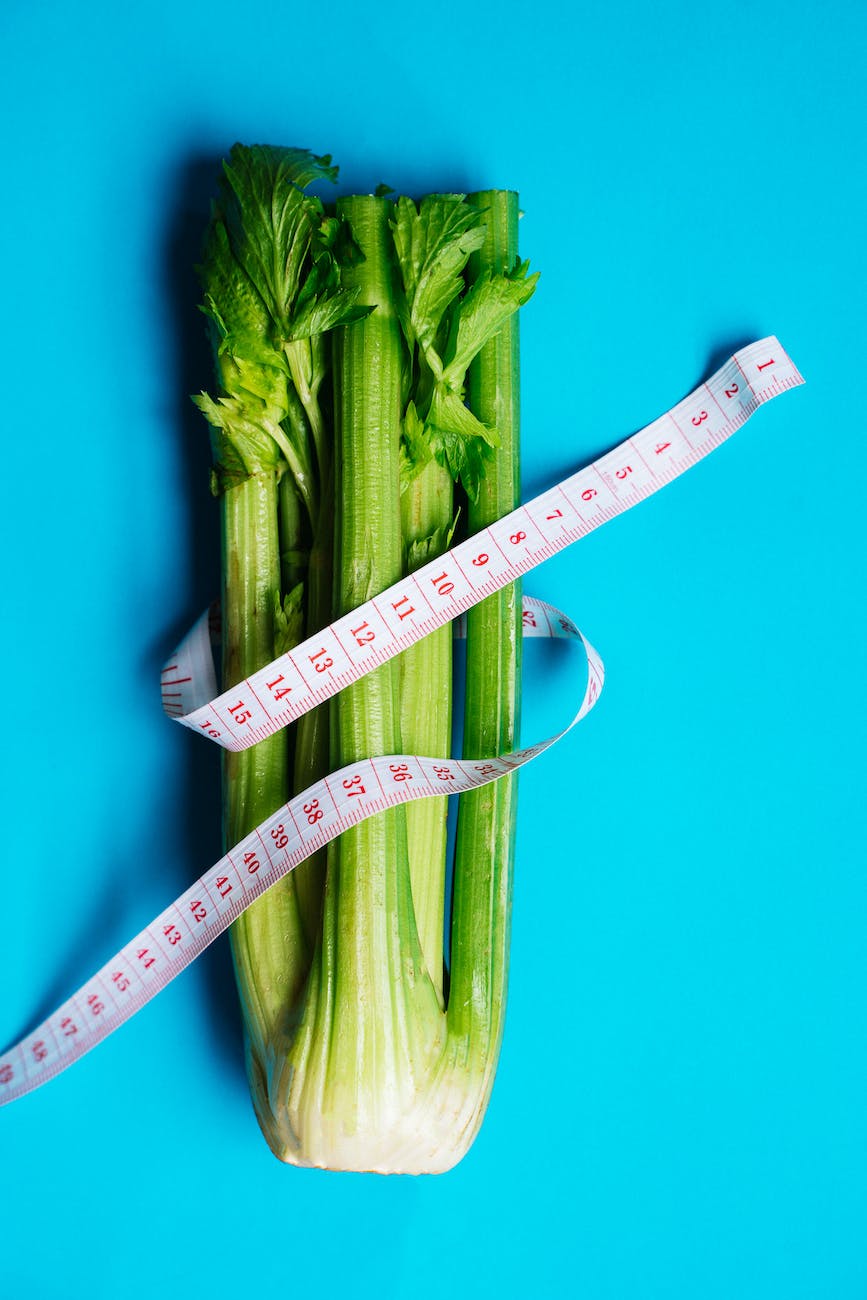
Aging is an inevitable part of life, but how we age can be influenced by our lifestyle choices. Intermittent fasting (IF) has emerged as a popular dietary trend, not just for weight loss, but for its potential health benefits. For women over 60, these benefits can be particularly enticing. However, as with any dietary approach, it’s essential to understand its nuances, especially for older adults. This guide will delve deep into intermittent fasting for women over 60, offering tailored insights and recommendations.
Understanding the Basics of Intermittent Fasting
Intermittent fasting isn’t a diet in the traditional sense. Instead, it’s an eating pattern that alternates between periods of eating and fasting. The primary focus is on when you eat rather than what you eat. There are several methods of intermittent fasting, but the most popular include:
- 16:8 Method: This involves fasting for 16 hours and eating during an 8-hour window. For instance, if you choose to eat between 10 am and 6 pm, you would fast from 6 pm until 10 am the next day.
- 5:2 Diet: Here, you eat normally for five days of the week and restrict your calorie intake to 500-600 calories on two non-consecutive days.
The concept behind intermittent fasting is to give the body a break from digestion, allowing it to focus on other restorative processes.
Why Consider Intermittent Fasting After 60?
The golden years bring about many changes, both physically and mentally. Here’s why intermittent fasting might be beneficial:
- Metabolic Health Boost: As we age, our metabolism slows down, and insulin sensitivity can decrease. IF can help improve these metabolic markers, aiding in better blood sugar management and potentially reducing the risk of type 2 diabetes.
- Weight Management: With a slower metabolism, weight gain can become an issue. IF can help create a calorie deficit, aiding in weight loss and maintenance.
- Brain Health: The brain is not immune to aging. However, fasting periods can promote autophagy, a cellular “clean-up” process. This can potentially benefit brain function and reduce the risk of neurodegenerative diseases.
- Promotion of Longevity: Some animal studies suggest that IF can increase lifespan. The theory is that fasting promotes cellular health and reduces inflammation, both of which are key to longevity.
Tailoring Intermittent Fasting for Women Over 60
- Addressing Nutrient Needs: With age, the body’s nutrient requirements shift. It becomes crucial to prioritize nutrient-dense foods. Calcium for bone health, omega-3s for heart and brain health, and protein for muscle maintenance become even more essential.
- Flexibility is Key: Every individual is different. While some might find a 16-hour fast easy, others might struggle. It’s essential to listen to your body and adjust accordingly. Starting with a shorter fast and gradually increasing its duration can be a more sustainable approach.
- Hydration: The sensation of thirst can diminish with age. However, staying hydrated is crucial, especially when fasting. Water, herbal teas, and bone broths can be excellent choices.
- Medical Consultation: Before starting any fasting regimen, especially for those with existing health conditions or on medications, it’s imperative to consult with a healthcare professional.
Challenges and Solutions for Older Women
- Bone Health: There’s a concern that extended fasting might impact bone density. To counteract this, ensure your diet is rich in calcium and vitamin D. Engage in weight-bearing exercises and consider supplements if needed.
- Energy Levels: It’s not uncommon to feel fatigued during fasting periods. Adjusting the fasting window, ensuring nutrient-dense meals, or including a small, healthy snack can help.
- Social Aspects: Social gatherings often revolve around meals. Planning the eating window around these events or being open about your fasting regimen can make social situations more manageable.
Success Stories and Anecdotal Evidence
Many women over 60 have shared their positive experiences with intermittent fasting. From weight loss successes to improved energy levels and better metabolic health, the stories are varied but overwhelmingly positive. For a deeper dive into how intermittent fasting can impact women’s health, especially during and post-menopause, our detailed guide on intermittent fasting and menopause offers comprehensive insights.
Conclusion
Aging gracefully is a combination of genetics, lifestyle choices, and a bit of luck. Intermittent fasting offers a promising approach for women over 60, aiming to harness its potential health benefits. With careful planning, consultation, and listening to one’s body, IF can be a valuable tool in the journey of aging with vitality and health.
Further Reading
For those keen to delve deeper into intermittent fasting and its implications for different age groups and life stages, we recommend exploring:
- Intermittent Fasting for Women
- Foods to Prioritize During Intermittent Fasting
- Intermittent Fasting and PCOS
FAQs: Intermittent Fasting for Women Over 60
- Is intermittent fasting safe for women over 60? Intermittent fasting can be safe for women over 60, but it’s essential to consult with a healthcare professional before starting, especially if you have underlying health conditions or are on medications.
- How does intermittent fasting affect post-menopausal women? Post-menopausal women might find benefits in terms of weight management and improved metabolic health with intermittent fasting. However, individual experiences can vary. For a detailed understanding, refer to our guide on intermittent fasting and menopause.
- Will I lose muscle mass while fasting? With proper nutrient intake, especially protein, and regular resistance training, muscle mass can be maintained during intermittent fasting.
- Can intermittent fasting help with age-related weight gain? Yes, intermittent fasting can help create a calorie deficit, which can aid in weight loss and management.
- How should I break my fast? It’s best to break your fast with a balanced meal that includes protein, healthy fats, and complex carbohydrates. Hydration is also crucial.
- Are there specific foods recommended for older women practicing intermittent fasting? Nutrient-dense foods rich in calcium, omega-3s, protein, and fiber are recommended. This includes leafy greens, fatty fish, lean meats, nuts, seeds, and whole grains.
- Can I take my medications during the fasting window? Always consult with your doctor regarding medication timings, especially when introducing a new eating pattern.
- I feel fatigued during my fasting window. What should I do? Ensure you’re staying hydrated. If fatigue persists, consider adjusting your fasting window or including a small, nutrient-dense snack.
- How does intermittent fasting impact bone health in older women? There’s some concern about fasting and bone density. Ensure a diet rich in calcium and vitamin D and engage in weight-bearing exercises.
- Can I drink coffee or tea during my fasting window? Yes, black coffee or unsweetened tea can be consumed during the fasting window without breaking the fast.
- How does intermittent fasting affect metabolism in older women? Intermittent fasting can improve metabolic markers, aiding in better blood sugar management and potentially reducing the risk of type 2 diabetes.
- Is it okay to do intermittent fasting every day? It depends on individual preferences and how one’s body responds. Some people prefer daily 16:8 fasting, while others opt for the 5:2 method.
- How can I manage hunger pangs during fasting? Drinking water, herbal teas, or bone broths can help. Also, staying busy and distracted can reduce the focus on hunger.
- Are there any side effects of intermittent fasting for older women? Some might experience fatigue, dizziness, or headaches initially. It’s essential to listen to your body and adjust accordingly.
- Can intermittent fasting improve cognitive function in older women? Some studies suggest that fasting can benefit brain function and reduce the risk of neurodegenerative diseases, but more research is needed.
- How long should I try intermittent fasting to see results? It’s recommended to give it at least a month. However, individual experiences can vary.
- Is intermittent fasting recommended for women with osteoporosis? Women with osteoporosis should consult with their healthcare provider before starting any fasting regimen.
- Can I do intermittent fasting if I have thyroid issues? Always consult with a healthcare professional if you have thyroid conditions or any other health concerns.
- How does intermittent fasting affect sleep in older women? Some people report improved sleep quality, while others might experience disturbances. It’s essential to monitor and adjust eating windows if sleep is affected.
- Can intermittent fasting help with menopause-related hot flashes? Some women have reported a reduction in hot flashes with intermittent fasting, but experiences can vary.
- Is there a difference between intermittent fasting for younger women and women over 60? While the core principles remain the same, women over 60 might have specific nutritional needs and should be more cautious about ensuring nutrient intake.
- How does intermittent fasting affect cholesterol levels in older women? Some studies suggest improved cholesterol profiles with intermittent fasting, but individual results can vary.
- Can I combine intermittent fasting with other diets, like keto or Mediterranean? Yes, many people combine intermittent fasting with specific dietary patterns for enhanced benefits.
- How can I ensure I’m getting enough nutrients during my eating window? Focus on nutrient-dense foods, prioritize variety, and consider consulting with a nutritionist to ensure balanced meals.
- Are there online communities or support groups for older women practicing intermittent fasting? Yes, many online forums and social media groups focus on intermittent fasting, where experiences are shared, and support is offered.
Blog Tags: Intermittent Fasting, Women Over 60, Aging Gracefully, Senior Health, Weight Management, Metabolic Health, Brain Health, Longevity, Intermittent Fasting for Seniors.













